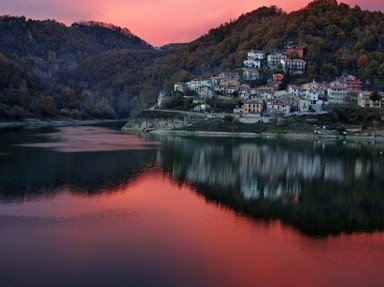Quiz Answer Key and Fun Facts
1. Frodo, Sam, and Smeagol
2. King Kong (with Fay Wray)
3. The itsy bitsy spider
4. Cary Grant and Gutzon Borglum
5. Gregory Peck, Anthony Quinn, and David Niven
6. Tenzing Norgay and Sir Edmund Hillary
7. Ira Hayes, Michael Strank, Harlon Block, and Franklin Sousley
8. Alexander the Great and his army
9. Jack
10. Richard Bass, Rheinhold Messner, and Junko Tabei
Source: Author
shvdotr
This quiz was reviewed by FunTrivia editor
agony before going online.
Any errors found in FunTrivia content are routinely corrected through our feedback system.

